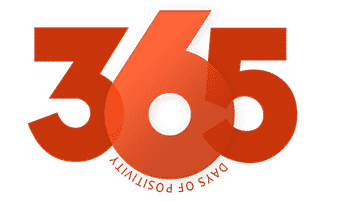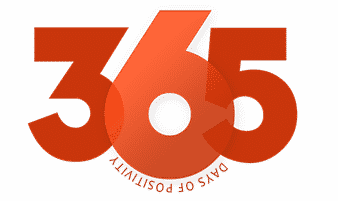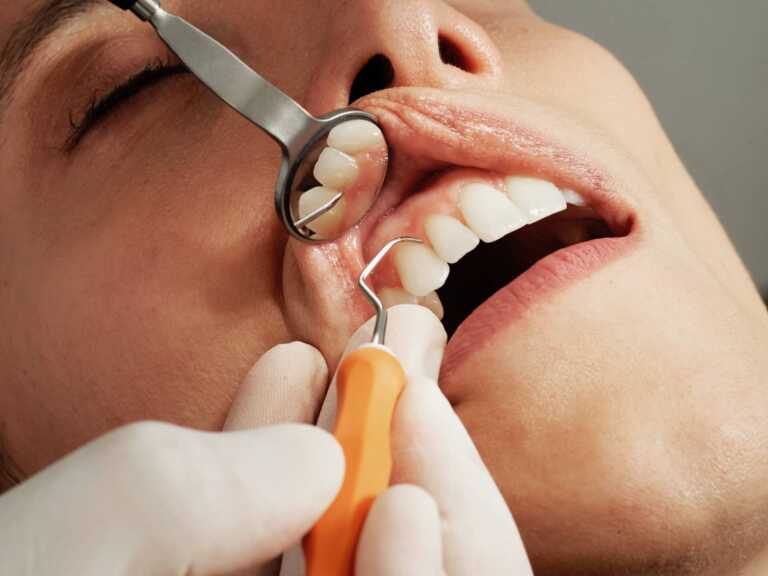
Understanding Invisalign and Traditional Braces
In the world of orthodontics, the quest for the perfect smile often leads patients to a critical decision: choosing between Invisalign and traditional braces. This choice is not merely cosmetic; it reflects a patient’s lifestyle, comfort, and even their self-image.
For those seeking a modern solution to teeth straightening with Invisalign in Mitchell or Kimball, SD, check this website to explore your options and connect with experienced dental professionals in your area.
Invisalign: The Modern Approach to Teeth Alignment
Invisalign, a modern orthodontic treatment, uses a series of clear, removable aligners to gradually shift teeth into their desired position. Introduced in 1998 by Align Technology, Invisalign has revolutionized orthodontic treatment with its discreet appearance and convenience. Each aligner is custom-made using 3D computer imaging technology, ensuring a tailored fit and effective treatment.
Invisalign’s clear aligners are virtually invisible, which means they blend seamlessly with your lifestyle. This invisibility factor is a significant selling point for many, especially adults and teenagers who might feel self-conscious about wearing traditional braces. The aligners are made of a smooth, comfortable plastic that won’t irritate your cheeks or gums like the metal brackets of braces often do.
Traditional Braces: The Time-Tested Method
On the other hand, traditional braces have been the cornerstone of orthodontic treatment for decades. They consist of metal brackets attached to the teeth, connected by wires and tiny rubber bands. Over time, the dentist adjusts these wires to move the teeth into the correct position. While often visible, modern advancements have made braces more comfortable and less obtrusive than their predecessors.
Traditional braces are highly effective in treating a wide range of orthodontic issues, from simple misalignments to more complex bite and alignment problems. They give orthodontists a high degree of control in moving teeth to the desired position. Despite their visibility, they remain a popular choice due to their effectiveness and, in some cases, a more cost-effective option compared to Invisalign.
Comfort and Aesthetics
One of the most significant advantages of Invisalign is its near-invisibility, making it a popular choice for adults and teens self-conscious about their appearance. Unlike braces, Invisalign aligners are smooth and comfortable, without any metal that can irritate the mouth. Moreover, they are removable, allowing for easier cleaning and the freedom to eat without restrictions.
While Invisalign offers the advantage of aesthetics and comfort, traditional braces have seen aesthetic improvements as well. Ceramic braces, for example, use clear or tooth-colored brackets that blend more naturally with the teeth, making them less noticeable than metal braces. Lingual braces, another alternative, are placed on the backside of the teeth, hiding them from view.
Effectiveness and Treatment Duration
Invisalign is highly effective for treating mild to moderate dental misalignments, including gaps, overcrowding, and certain bite issues. However, for more complex dental problems, traditional braces might be the recommended choice due to their robust and comprehensive treatment capability.
The duration of treatment varies for both. Invisalign usually requires 12 to 18 months, depending on the patient’s condition, while traditional braces might be worn for about two years, but this can vary widely. Some complex cases may require longer periods with traditional braces, but the end result is a well-aligned, functional bite.
Suitability and Limitations
While Invisalign offers a flexible and aesthetic solution, it’s not suitable for everyone. It works best for adults and teenagers with certain types of orthodontic issues. Younger children, or those with severe misalignment, bite issues, or other complex orthodontic needs, may find traditional braces to be a more effective option.
Traditional braces are versatile and can treat a wide range of orthodontic problems. However, they do come with lifestyle limitations, such as dietary restrictions to avoid damaging the braces, and the need for meticulous oral hygiene to prevent tooth decay around the brackets.

Making the Right Choice for Your Orthodontic Needs
Choosing between Invisalign and traditional braces is a decision that goes beyond mere aesthetics. It involves considering various factors such as cost, maintenance, lifestyle implications, and the specific orthodontic needs of the individual.
Cost Considerations
The cost of orthodontic treatment is a significant factor for many patients. Invisalign, often perceived as a more modern and less intrusive option, typically comes with a higher price tag compared to traditional braces. The exact cost varies depending on the complexity of the individual’s dental alignment needs and the duration of the treatment. However, it’s worth noting that many dental insurance plans now offer coverage for Invisalign, similar to traditional braces, making it a more accessible option than it once was.
Traditional braces, while generally more affordable, can also vary in cost based on the materials used (such as metal, ceramic, or lingual braces) and the complexity of the case. It’s important for patients to discuss with their orthodontist and insurance provider to understand the full scope of costs involved in their treatment plan.
Maintenance and Lifestyle Adaptations
Maintenance and lifestyle adaptations are crucial aspects to consider when choosing an orthodontic treatment. Invisalign aligners require a high level of personal responsibility. They must be worn for at least 22 hours a day and removed only for eating, drinking anything other than water, and for oral hygiene practices. This discipline extends to the regular cleaning of the aligners to prevent staining and odor. The removable nature of Invisalign aligners also means they can be misplaced or forgotten, potentially delaying treatment progress.
Traditional braces, on the other hand, are fixed to the teeth and thus eliminate the risk of non-compliance with wearing times. However, they require meticulous oral hygiene to prevent issues such as plaque buildup and tooth decay. Patients with traditional braces need to avoid certain hard or sticky foods that can damage the braces and must be diligent with brushing and flossing around the brackets and wires.
Considering Personal Lifestyle and Preferences
The choice between Invisalign and traditional braces also depends heavily on the individual’s lifestyle and personal preferences. For those who are self-conscious about the visibility of braces, Invisalign offers a discreet alternative. It’s also a popular choice among adults who prefer a less noticeable treatment option in professional and social settings.
Conversely, traditional braces might be a better option for younger patients, especially children and early teenagers, who may lack the discipline to wear and maintain Invisalign aligners properly. Additionally, traditional braces are often the go-to option for more complex orthodontic cases where Invisalign might not be suitable.
Professional Consultation and Personalized Treatment
Ultimately, the decision between Invisalign and traditional braces should be made in consultation with a qualified orthodontist. A thorough examination and discussion about the patient’s specific needs, lifestyle, and goals are essential in determining the most suitable treatment option. Each patient’s situation is unique, and what works for one person may not be the best choice for another.
Orthodontic treatment, whether it’s Invisalign or traditional braces, is a journey towards not only a more aesthetically pleasing smile but also towards better oral health. The right choice will align with the patient’s lifestyle, budget, and dental needs, ensuring a comfortable and effective treatment experience.





